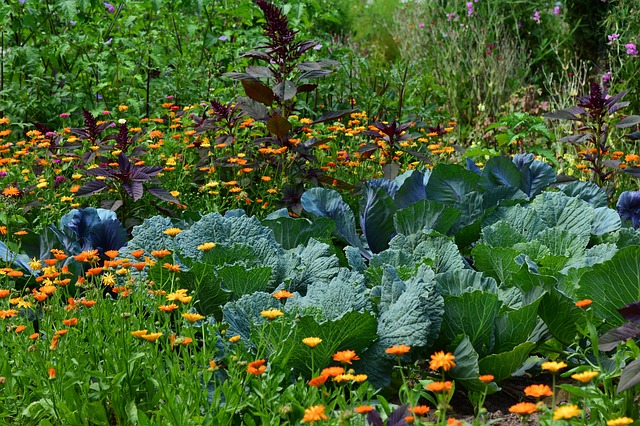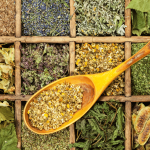Is hugelkultur in Scandinavia a good idea?
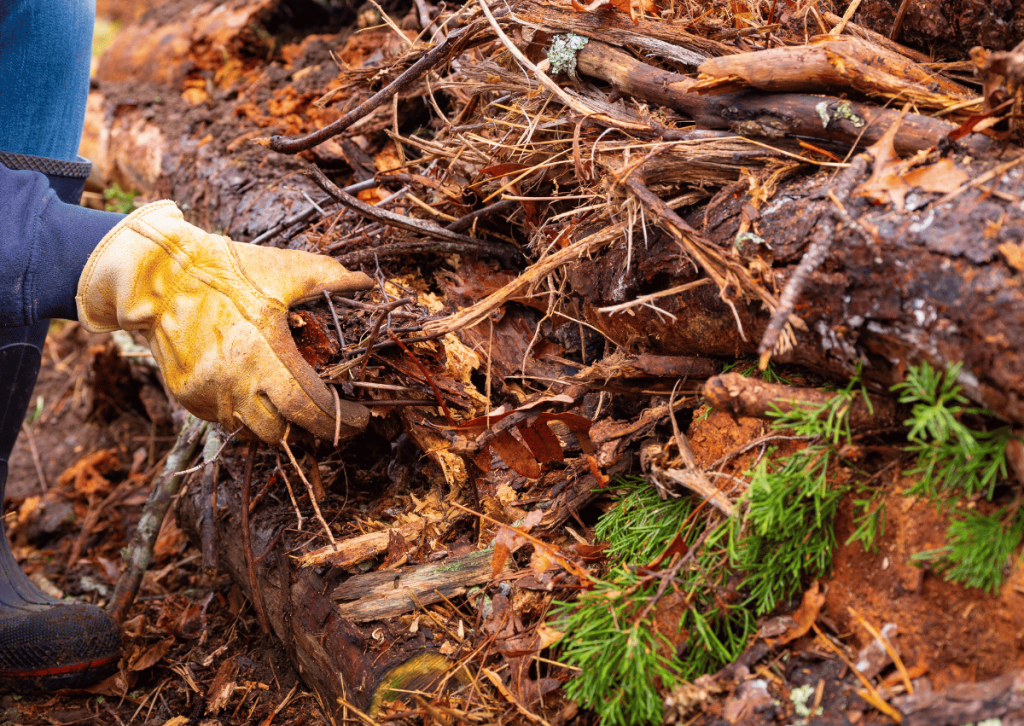
Hugelkultur is not something that is familiar to most people in Scandinavia, but that does not mean it isn’t a good idea, quite the opposite actually in my opinion. It’s a unique and innovative gardening method that has been gaining popularity in Scandinavia and other parts of the world. This method involves building raised beds made of wood and soil, and is believed to improve soil health, retain water, and reduce the need for fertilizers and other inputs. However, it is important to note that Scandinavia has great variations in climate and soil quality, USDA zones range from 2 to 9, so it’s important to conduct research and consult with experts before implementing this method in your garden.
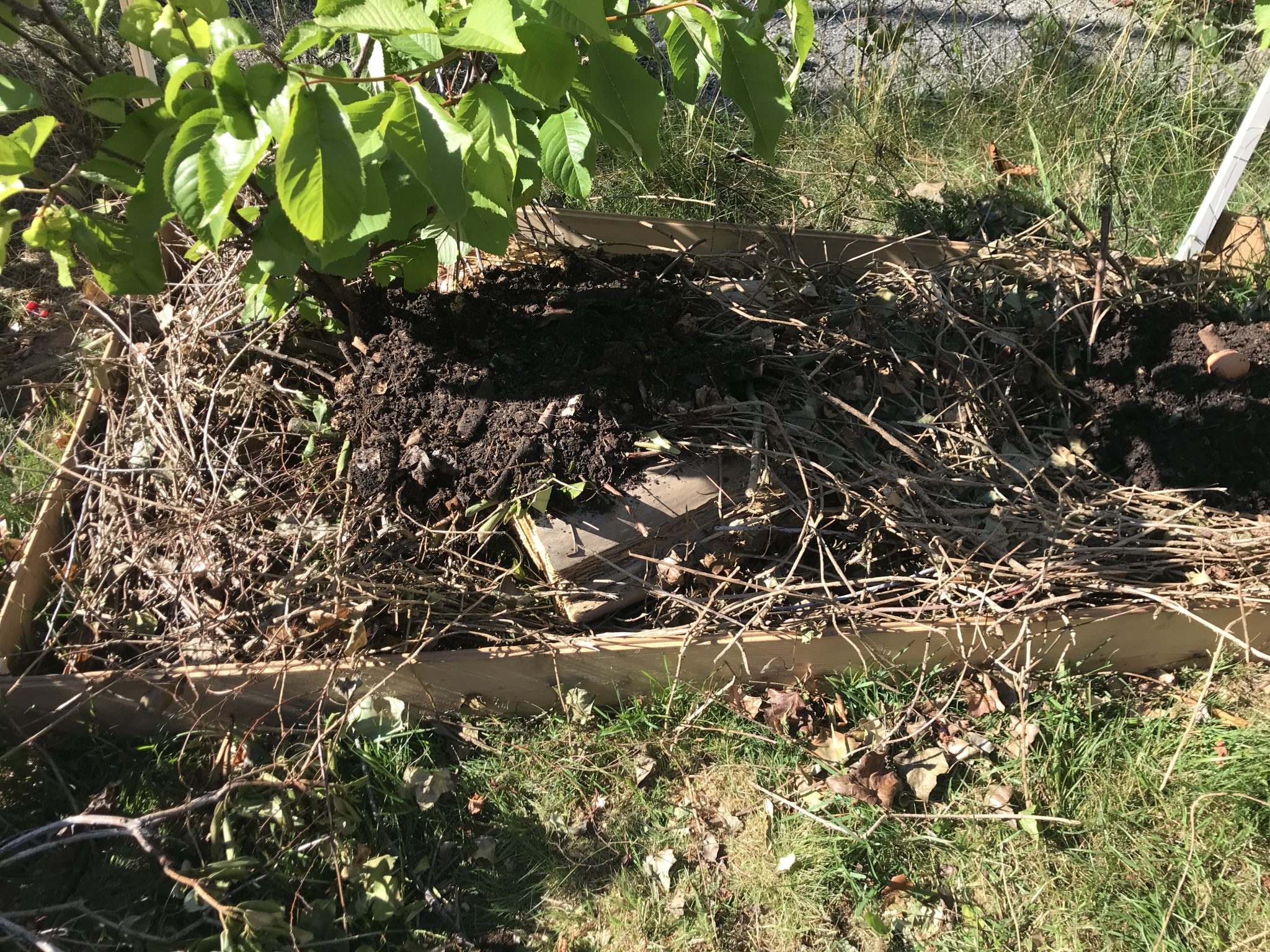
Next year will bring more and probably larger.
What is Hugelkultur?
Hugelkultur is a gardening method that was developed in Germany and involves building raised beds made of wood and soil. The beds are typically built on a slope or a hill, and are designed to retain water and improve soil health. The wood used in the beds is typically made from logs, branches, or other woody debris, and is left to decompose over time. This decomposition process helps to improve the soil structure and fertility, and also helps to retain water in the soil.
How Does Hugelkultur Work?
Hugelkultur is a gardening method that involves building raised beds made of wood and soil. The method is based on the principle of creating a microclimate that is beneficial for plants, by mimicking the natural process of forest succession. The wood in the beds serves as a carbon source, and as it decomposes, it releases nutrients and improves soil structure. The raised beds also provide better drainage and allow for better air circulation, which can improve plant growth.
In areas where lack of water is more of an issue, one might consider sunken hugelkultur beds. Sunken beds are similar to raised beds, but they are dug into the ground, creating a depression that can hold water better. This can be especially useful in areas with low rainfall or high evapotranspiration rates, as it can help to conserve water and reduce the need for irrigation. Additionally, sunken beds can help to improve soil health and reduce the need for fertilizers and other inputs, making it a great alternative for those who want to improve their gardening practice.
Is Hugelkultur a Good Idea in Scandinavia?
There are several reasons why hugelkultur may be a good idea in Scandinavia. First, the method is well-suited to areas with low rainfall or high evapotranspiration rates, as it helps to retain water in the soil. Second, the method can help to improve soil health and reduce the need for fertilizers and other inputs. Third, the raised beds can help to reduce erosion and improve the overall health of the soil. However, it is important to note that hugelkultur is not a silver bullet and may not be appropriate for all types of soil or climates. It is important to conduct research and consult with experts before implementing this method in your garden.
Raised hugelkultur bed heats up quickly in spring
A huge advantage of a raised bed is that since it’s elevated it doesn’t take that long for the ground frost to let go and the decomposition will add extra heat from within. This will especially be so if you have added manure to the hugelkultur as you build it.
Some plants thrive extra when their roots are warm, like beans, corn, cucumbers, tomatoes, and squash.
Hugelkultur as moisture control
I had never thought I would need to water much where I live as rain is our default weather, but the summer of 2018 opened my and others’ eyes. I have never watered our fruit trees after the first year of planting them, but this previous summer I did it every day for weeks. It paid off, our trees gave us so much fruit. This work I hope to avoid in the future, so I will construct hugelkultur near or around them all.
Feeding the soil, not the plants
In parts of Scandinavia, the soil is quite poor or a very thin layer of good soil, this is also the case in many other places in the world. One could transport good soil from other places, but then those places will not have soil, so instead, we should try to create good soil by relying on the processes that create good soil.
Natural and healthy soil contains a universe of minute creatures eating and excreting. Bacteria, fungi, nematodes, and worms all feed on each other and all of them pee and poop. Inside our
Mycorrhiza
The part of them that is not consumed can become a vault of nutrients for plants, either directly or indirectly. Roots actually excrete substances that attract bacteria and fungus to gather where they are, so that they can take advantage of this game, too. Most plants have a symbiotic relationship like this and Wikipedia describes it like this:
“A mycorrhiza is the symbiotic association between a green plant and a fungus. The plant captures the energy coming from the sun by means of its chlorophyll and supplies it to the fungus, and the fungus supplies water and mineral nutrients taken from the soil to the plant. Mycorrhizas are located in the roots of the plant.”
Source: https://en.wikipedia.org/wiki/Mycorrhiza
Since some bacteria and fungi can directly feed plants in exchange for treats the plant provides we should work with the system and not fight it. Some plants even have fungi that can extend their roots, expanding the reach of the plant to find more water and nutrients.
If we don’t make sure the local ecosystem in our soil is taken care of, by use of chemical fertilizers and poisons, the soil will not have the proper natural tools to make that happen and then our soil and
Safe…ish plants to grow in a Scandinavian hugelkultur
Some warn that the first year one might as well just let it rest, but in my view, unless you do it very late in the season, I don’t think this is a must. The yield will probably be higher the second season, but if you have access to some good soil and add that around the plants you most likely should get some growth at least. We planted broccoli and that is one thing I’ve seen a lot of people warn against as a first-season crop, but boy was that a huge success. Never had such success with them before, and they produced well into after the first few days of frost and snow.
Since Scandinavia covers a lot of different climatic zones it is important that you do a bit of research and perhaps keep track of your progress in a journal, like this one.
Fruit trees
Apples, pear, plum and cherry trees are very common to plant and have in gardens in Scandinavia. These and other fruit trees one might find suitable can benefit from the environment hugelkultur beds will provide.
If one has a very large hugelkultur bed most people with experience with permaculture would most likely warn about planting trees in the middle of such a mound. Trees should be planted at the edge of hugelkultur beds to benefit from collected moisture and nutrients. The trees may also benefit from the wind-breaking aspect the mounds might prove. This is something you won’t get if you attempt to plant trees on the top of the raised beds.
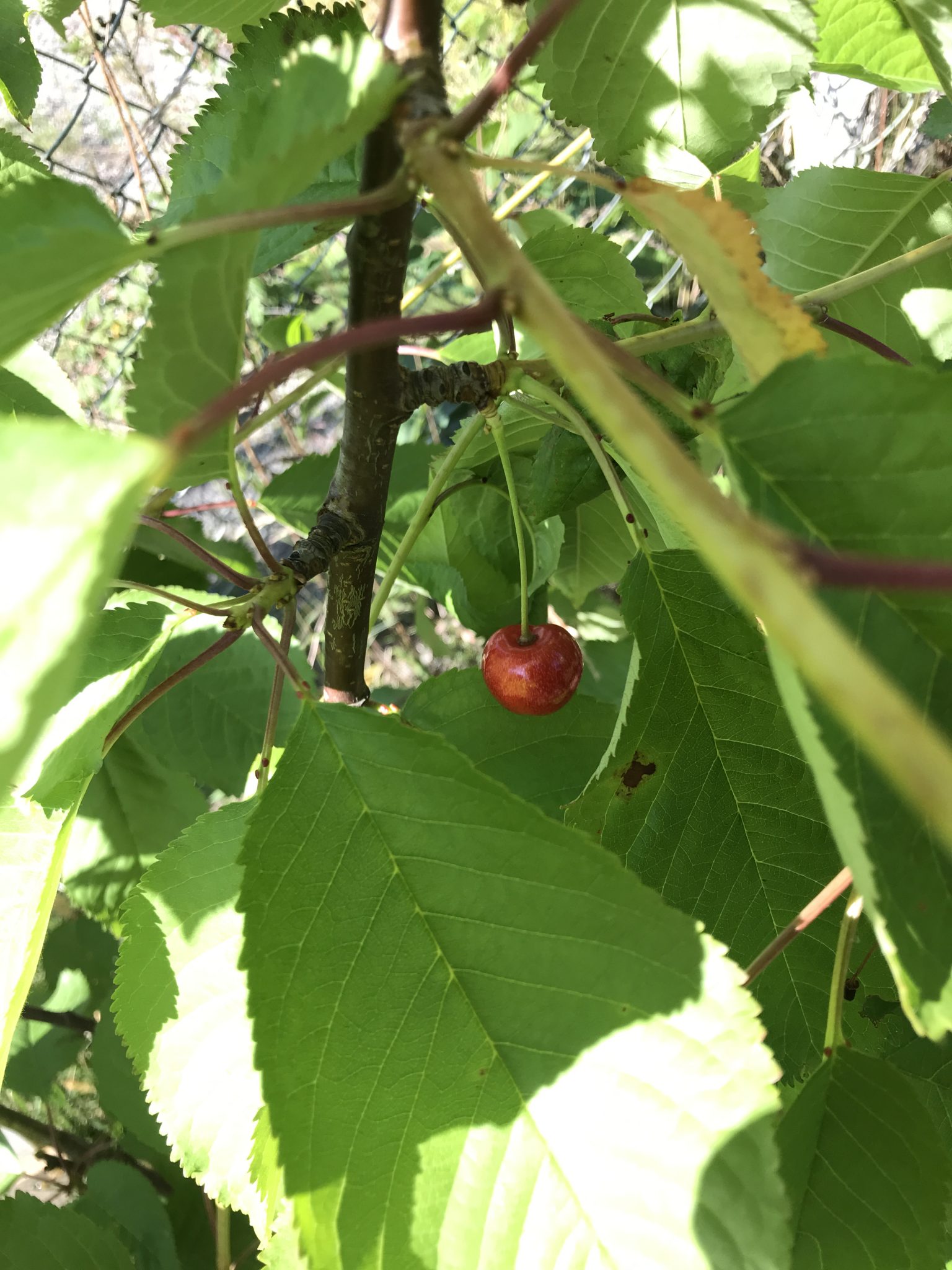
Will build a hugelkultur near them
Edible bushes and shrubs
We also have berry bushes such as blueberry bushes, raspberry bushes, currant shrubs, black currant bushes and gooseberry bushes.
Blueberry bushes
Blueberry bushes, the American variant, and not the wild local Bilberry, are easy to grow in Scandinavia. A lot of people seem to prefer the bilberry over Blueberry for taste,
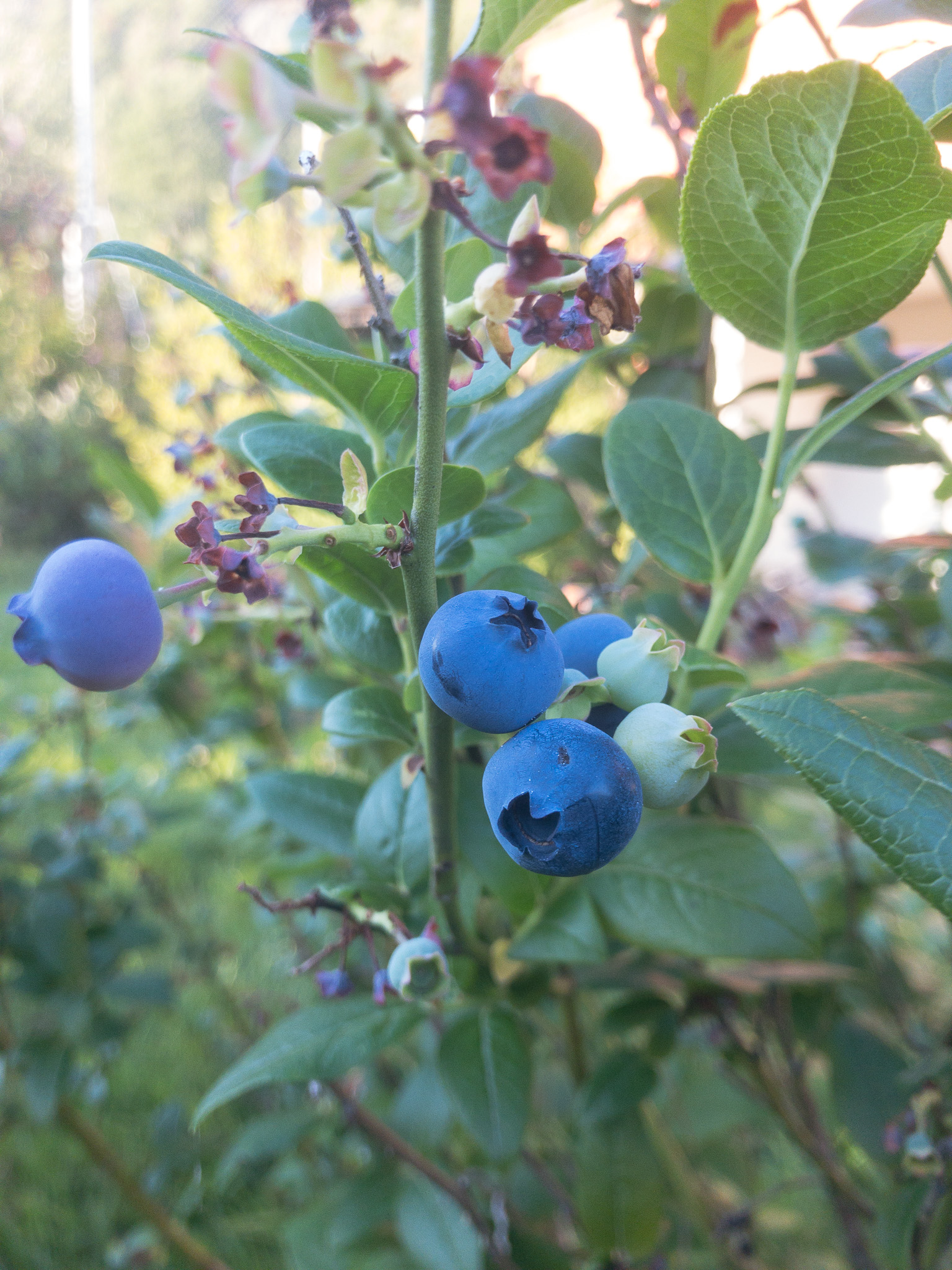
So far I’ve not planted blueberry in or near a hugelkultur myself, but I have this on my rather long todo-list. One of my blueberries has never done particularly well, so I consider transplanting it.
Raspberry
Raspberries are easy to grow, so easy that they can spread like a weed from their roots, but if you have a raised
There are both summer and autumn-fruiting varieties. If you have a mix of them you’ll extend the harvesting season from midsummer until near winter. Raspberries thrive in moisture-retentive, but well-drained soil. They prefer fertile, slightly acidic soils, and weed-free growing conditions, so they would seem to be perfect for a raised bed.
If you end up with more than what you can eat fresh, raspberries also freeze well. A good idea is to lay them out flat in a thin layer in your freezer on a tray and when they have frozen pour them into ziplock bags. This way it is very easy to handle them later on, if you want to decorate a cake during the winter or add a specific amount to your homemade cereal mix, as example. They also make wonderful jams and sauces. They can easily be used frozen for these purposes, so no need to do all such work when you really should be harvesting and enjoying the summer or late fall.
Apart from what we eat fresh, we mainly use it as juice, either in a mix with other berries or fruit or as strawberry juice.
Currants & Gooseberry
Black & red currant and gooseberry are closely related so we’ll group them together here. One can easily
These fruits are excellent for the home gardener as they are relatively trouble-free and produce quite a large amount of highly nutritious fruit and why they are probably the most common berry to have in Norwegian gardens. Currants are divided into black, red and white types with many varieties to choose from. In general, blackcurrants tend to be cooked as they are quite tart raw, but red currants and white currants are more likely to be used fresh.
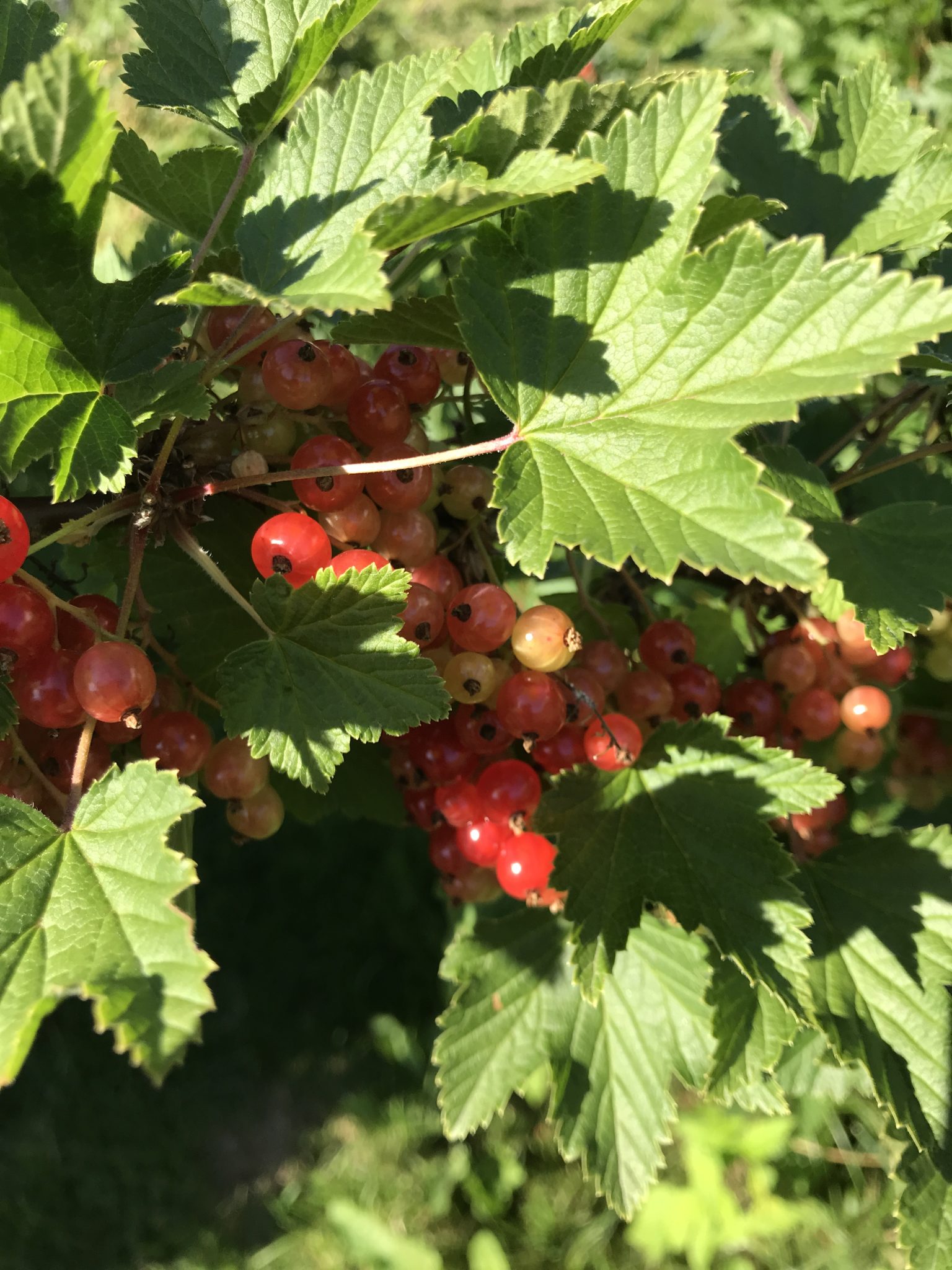
I will try to get some to grow in a hugelkultur bed next year.
Currant bushes live easily for 12 to 15 years, so one better makes sure one gives them the best conditions by making sure the soil is as ideal for them as possible. They require well-drained soil with lots of organic matter and this does sound like hugelkultur to me, but I wouldn’t put it on the top of
Currants grow well in sun or partial shade, the more sun they get the larger the harvest will be, but they do not like it too warm. Plants may drop their leaves when temperatures exceed 29°C (85°F ) for an extended period of time. In some areas in Scandinavia this might be an issue.
Planting Currants
Currants can be planted slightly deeper than they grew in their nursery container, which is quite different from tree planting. Space them 4 to 5 feet apart. Water rigorously after planting and apply a good layer of mulch around the plants.
Mulching and Watering
Mulching helps keep the soil moist and cool, and prevents competition from weeds. Add fresh mulch every year to maintain proper depth. Water regularly in the first year, then only during unusually dry and warm periods.
Pruning
Prune currant shrubs in very early spring by removing the oldest wood to maintain their form and ensure a healthier harvest.
Nitrogen Fixation
Currants may suffer from a lack of nitrogen. Planting nitrogen-fixing plants like legumes (beans and peas) or goumi berries nearby can help, but be careful not to overdo it.
Something quite new: Goumi berry
In my refrigerator, I have some Goumi berry (Elaeagnus multiflora) seeds for cold stratification. I will attempt to grow these and plant them in our garden and also at my
Vegetables
More or all vegetables where one harvest above ground should work great in a hugelkultur bed. Some are generally recommended to avoid all together, like carrots, and others might work after a few years.
Potatoes
Potatoes are quite often on lists of things to not plant, but there are others who disagree, but often under specific conditions. If you don’t mind a small harvest of potatoes, and mainly look on them as means to improve the soil and you just harvest what you can spot and just leave the potatoes that might have spouted inaccessible between roots and branches far below, then sure go ahead plant potatoes. This idea appeals to me.
Broccoli
Another vegetable I’ve seen on “do not plant first-year” lists is broccoli. My jaw dropped as we did this year, and I have never seen or tasted better broccoli than the ones we planted in our first year hugelkultur bed. The reason why our broccoli did so well the first year might be because we had access to some prime compost, that we generously poured into the mound.
Physalis
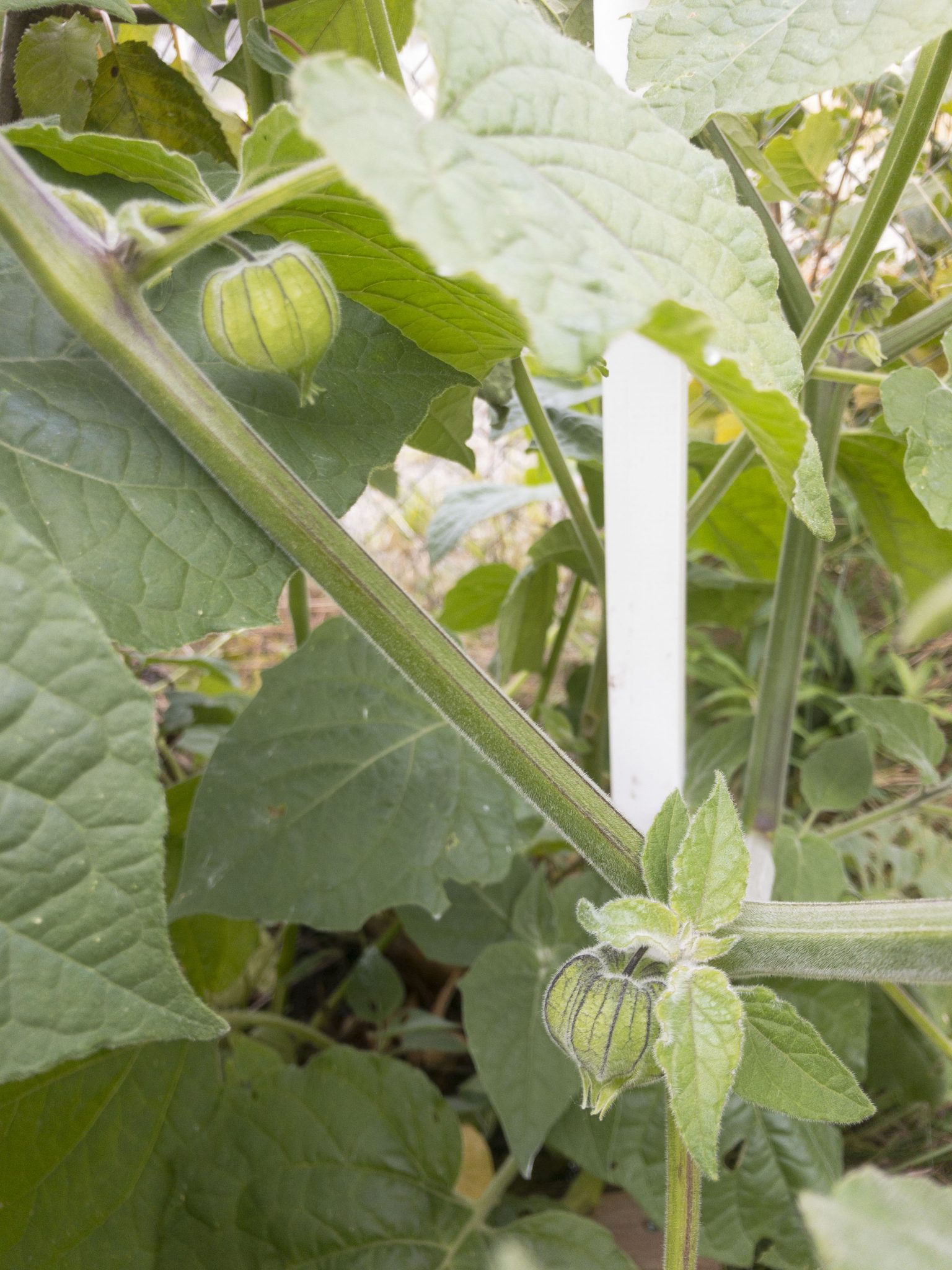
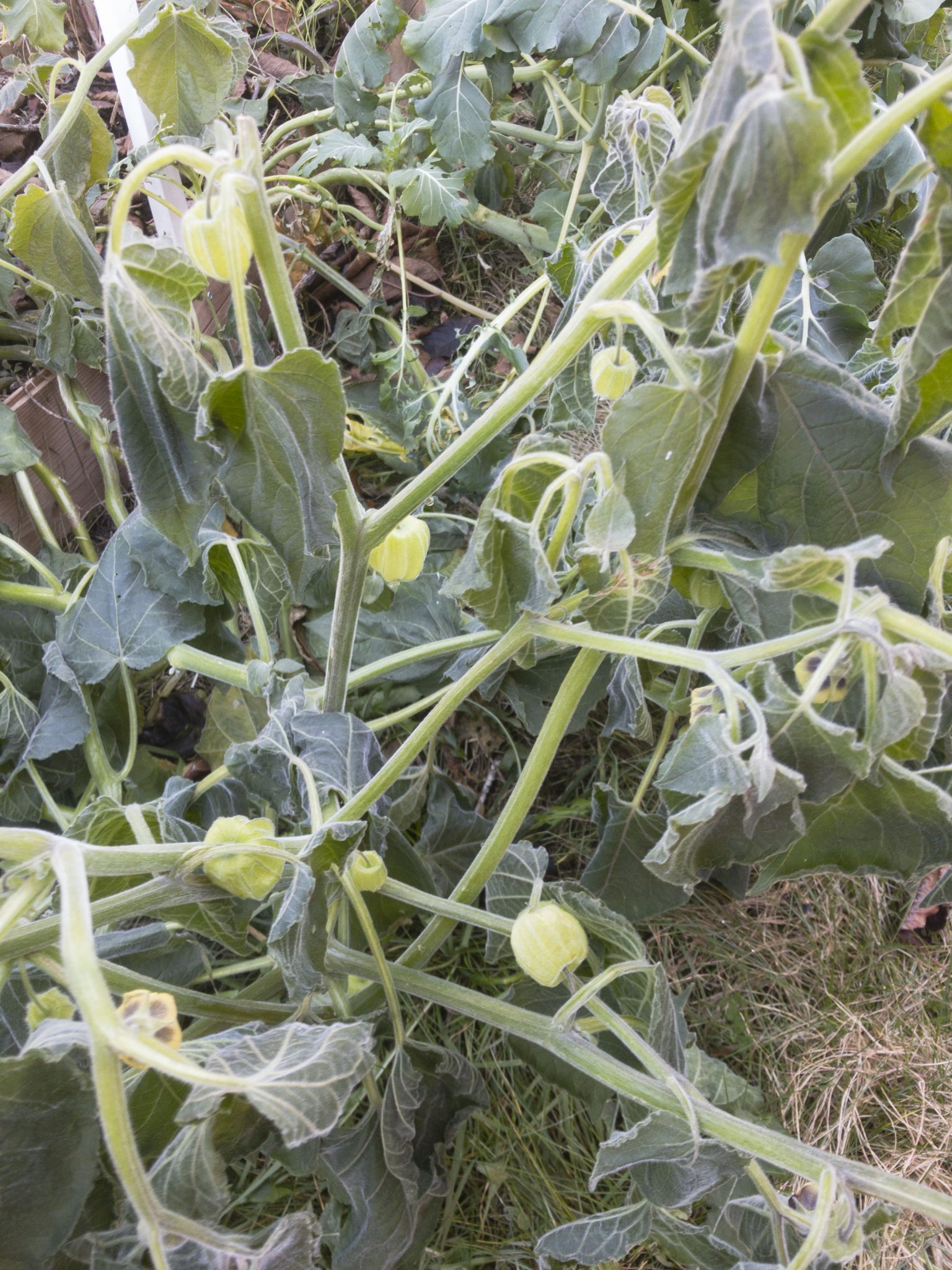
My daughter wanted to test physalis, and they grew really tall and impressive, but winter frost came before the berries were ripe, so they all died. That was a bit sad as I really had hoped for some ice cream decorated with them.
These are just a few
USDA Hardiness Zone system is worth knowing even if you don’t live in the USA
The USDA Hardiness Zone system is a tool that helps gardeners understand which plants are most likely to thrive in their specific climate. The map divides the United States into 11 different zones, based on average annual minimum temperatures. This information is important because it helps gardeners choose plants that are adapted to the climate in their area.
When selecting plants for your garden, it’s important to consider not only the hardiness zone, but also other factors that can affect a plant’s survival. This includes the amount and distribution of rainfall, as well as the potential for extreme weather conditions or local microclimates.
It’s worth noting that the USDA Hardiness Zone system is specific to the United States, and other countries may have different climate zone maps. However, many online resources and nurseries refer to the US hardiness zones, making them useful for planning and learning purposes. Additionally, this website contains maps and information on hardiness zones for various places outside of the US. According to this site, my location is in Zone 7b.
Conclusion
In conclusion, hugelkultur is an innovative gardening method that has been gaining popularity in Scandinavia and other parts of the world. It is well-suited to areas with low rainfall or high evapotranspiration rates, and can help to improve soil health and reduce the need for fertilizers and other inputs. However, it is important to keep in mind that there are great variations in climate and soil quality in Scandinavia, and USDA zones range from 2 to 9, so it’s important to conduct research and consult with experts before implementing this method in your garden. Overall, hugelkultur can be a great idea for some parts of Scandinavia, but it’s important to approach it with caution and make sure it is appropriate for your specific location and climate


